The 1970s were a decade of bright packaging, experimental recipes, and food trends that felt bold at the time but would raise eyebrows today. Many items that once filled American kitchens were later banned for safety, contamination, or ingredient-related concerns as regulations modernized. Some disappearances were quiet, while others sparked national debate. What remains is a fascinating look at how tastes, policies, and scientific understanding evolved. These once-beloved foods now serve as reminders of how dramatically standards can shift within just a few generations.
1. Red Dye No. 2 Candies
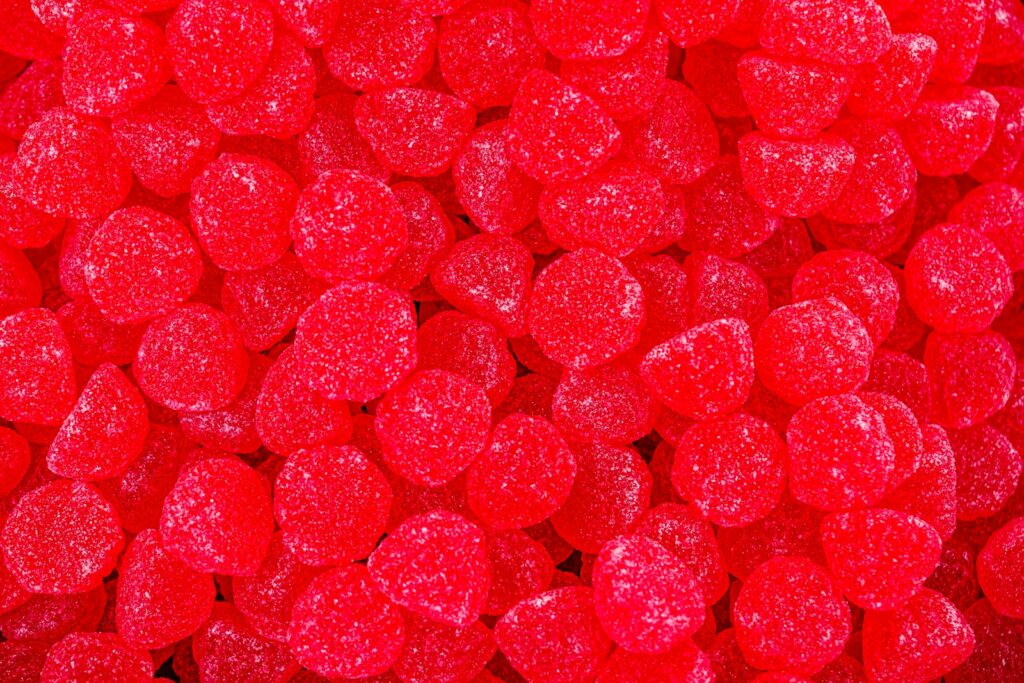
Red Dye No. 2 was widely used in 1970s candies, frostings, and boxed desserts, giving everything a deep cherry shade that became iconic in store shelves of the era. The dye was originally approved earlier in the century, but mounting concerns emerged when studies questioned its long-term safety. By 1976, regulators banned the additive in the United States, prompting brands to reformulate products quickly. Many candies that relied heavily on the color either vanished or were replaced by toned-down versions. The ban became one of the decade’s most memorable food safety milestones.
2. Saccharin-Sweetened Diet Sodas
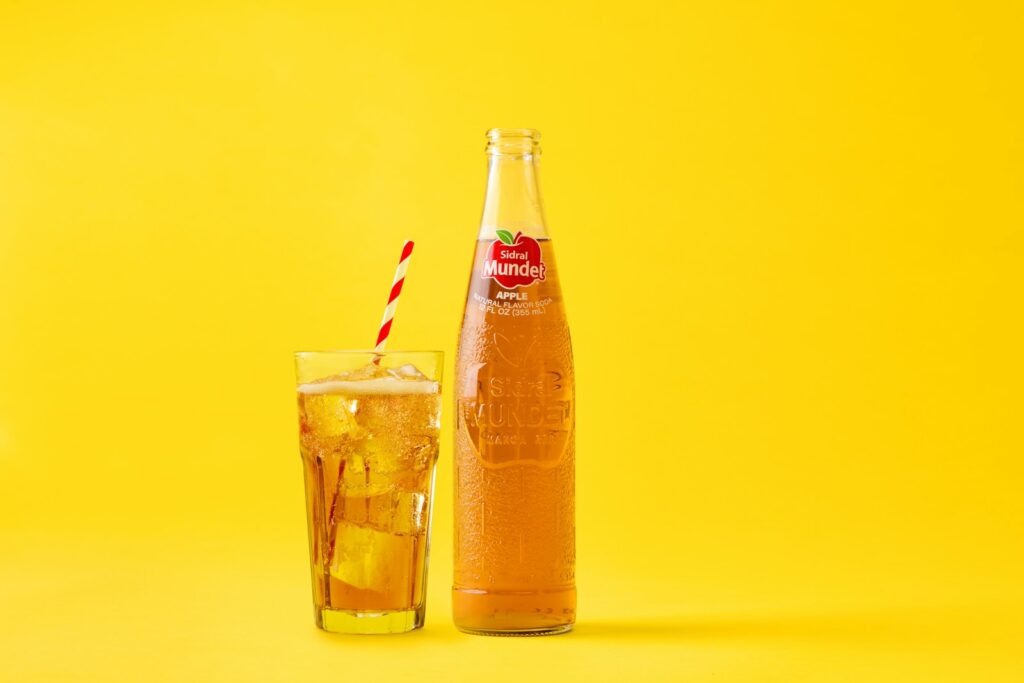
Saccharin became extremely popular in the 1970s due to the era’s rising interest in low-calorie drinks and the popularity of slim-focused marketing campaigns. Diet sodas used the sweetener extensively because it delivered an intense flavor without added sugar. However, early animal studies raised concerns about possible health risks, prompting U.S. authorities to restrict its use in several products. Many diet sodas from the decade disappeared completely or were shelved until alternative sweeteners arrived. Although saccharin later returned with warning labels, the specific 1970s sodas that depended on it never regained their former presence.
3. Brominated Vegetable Oil Soft Drinks
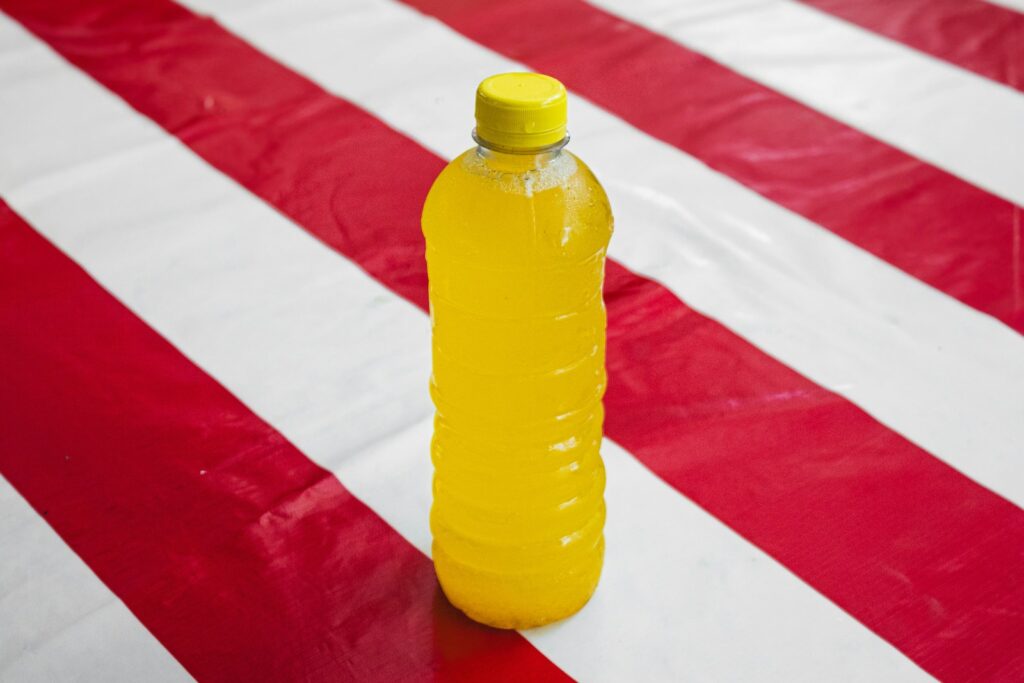
Soft drinks containing brominated vegetable oil, or BVO, had a distinct citrus kick that made them especially trendy during the 1970s soda boom. The ingredient helped keep flavor oils suspended, preventing separation and giving beverages a consistent appearance. Over time, safety concerns related to bromine accumulation led several countries to ban BVO. While the United States did not immediately prohibit it nationwide, many 1970s formulas that relied heavily on the additive were removed or reformulated as global restrictions grew. As a result, the original versions of these soft drinks no longer legally exist in several regions.
4. Raw Milk Cheeses Sold Without Aging

Unpasteurized milk cheeses were embraced in the 1970s for their earthy depth and old-world charm, often found in specialty shops and small markets. But regulators soon tightened standards, requiring strict aging rules to reduce bacterial risks. As these rules took hold, several raw milk cheeses that were once produced locally in small batches could no longer be sold legally in their original form. Their makers either adapted to the new guidelines or abandoned the product altogether. Today, many of those exact 1970s varieties are banned because they fail to meet modern aging requirements.
5. Cyclamate-Sweetened Desserts

Cyclamate sweeteners appeared in everything from pudding mixes to tabletop packets in the late 1960s and remained popular into the early 1970s. Families loved its clean sweetness and low cost, especially as diet trends grew. But studies raised questions about long-term effects, leading the United States to ban cyclamate in 1970. Desserts heavily built around the ingredient quickly vanished, unable to function the same way with replacements. While some countries still allow limited cyclamate use, the specific American products that defined its peak era remain permanently discontinued due to the ban.
6. Olestra Snack Chips (Early Formulations)

Before Olestra became widely known in the 1990s, early experimental versions were tested in the 1970s as companies searched for fat alternatives. These prototypes appeared briefly in limited markets but faced immediate issues due to digestive side effects. Regulators halted early releases, and initial formulas were banned from sale. Though Olestra later returned in a reworked version, the original 1970s experimental snacks were never allowed back on shelves. Their short-lived existence reflects how ambitious food science was becoming, even if the first attempts were far from consumer-friendly.
7. High-Lead Imported Canned Foods

Some imported canned foods of the 1970s were sealed using lead-soldered seams, a method that posed significant contamination risks. At the time, oversight varied widely, and many households stocked these inexpensive items without realizing the potential hazards. As international studies highlighted lead exposure dangers, the practice was banned in the United States, rendering several imported canned products illegal to distribute. Many of the brands using those older methods disappeared altogether after regulations tightened. Their removal marked a meaningful shift toward safer global manufacturing standards.
8. Juvenile Sea Turtle Soup

Turtle soup had long been considered a delicacy, and by the 1970s, canned versions using juvenile sea turtles could still be found in specialty stores. Overharvesting and declining populations led conservation authorities to ban the commercial use of several sea turtle species. As these protections expanded, the soup vanished from shelves entirely. The ban reflected growing environmental awareness and recognition of the species’ vulnerability. Today, the once-common canned versions stand as reminders of a time when wildlife protections were far less comprehensive than they are now.
9. Sodium Cyclamate Soft Drinks (Legacy Brands)
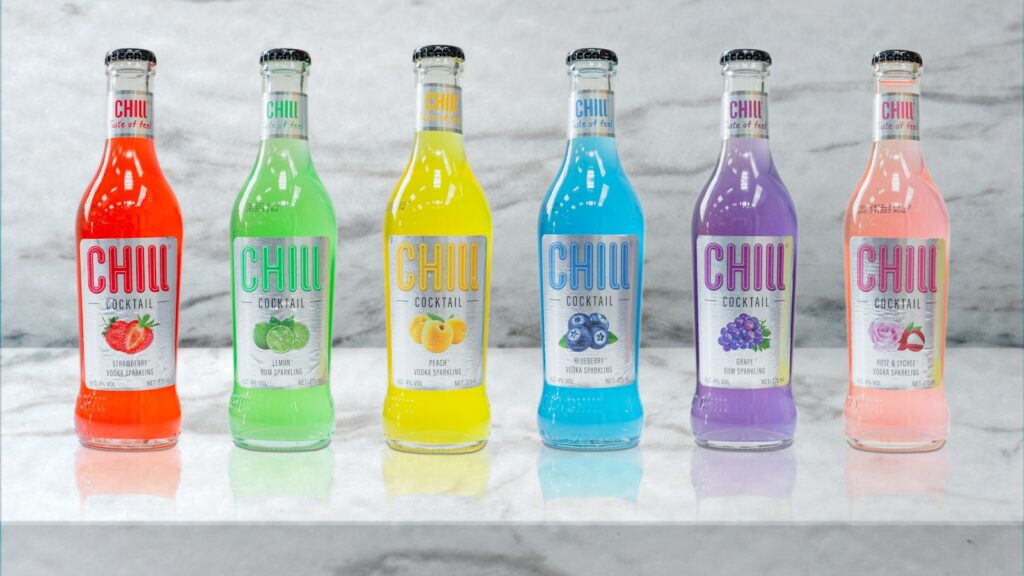
Although the cyclamate ban officially occurred in 1970, many legacy beverages continued circulating in the early 1970s as distributors emptied remaining stock. These drinks were known for their strong sweetness and affordable production costs, making them favorites among calorie-conscious consumers. Once authorities enforced the prohibition fully, these beverages were pulled from markets entirely. Because their formulas depended heavily on cyclamate, reformulation proved difficult, leading manufacturers to discontinue them rather than attempt replacements. Their disappearance marked a major shift in the American low-calorie beverage landscape.
10. Original Margarines with High Trans Fat

Margarine surged in popularity during the 1970s, with brightly packaged tubs promising a healthier alternative to butter. However, many of these products relied on partially hydrogenated oils that contained high levels of artificial trans fats. As scientific understanding improved, trans fats became associated with significant health risks. Over time, bans and restrictions forced the removal of products that used older formulations. The original 1970s versions, with their dense textures and distinctive flavor, cannot legally return to shelves. Modern margarine bears little resemblance to those early recipes.
11. Canned Smoked Sprats with Banned Preservatives

Imported smoked sprats were a niche favorite in the 1970s, offering an inexpensive yet flavorful option for quick meals. Some varieties relied on preservatives that were later prohibited for food use due to safety concerns. When regulations tightened, many of these canned sprats were barred from sale unless reformulated. Smaller producers lacked resources to update their processes, leading to the disappearance of several brands from American markets. As a result, the exact versions enjoyed during the decade are now banned, replaced by modern alternatives with compliant additives.
12. Tinned Game Meat from Restricted Species

Certain tinned game meats available during the 1970s included species that later received stronger wildlife protections. These products appealed to adventurous eaters seeking exotic flavors that weren’t commonly found in everyday grocery stores. As conservation laws expanded, selling meat from threatened or at-risk animals became illegal, and the products were withdrawn. Many producers either closed or shifted to more sustainable species. Today, the original canned meats from the era are banned due to strict environmental and import regulations that reflect growing ecological responsibility.
13. Peanut Butter with Banned Stabilizers
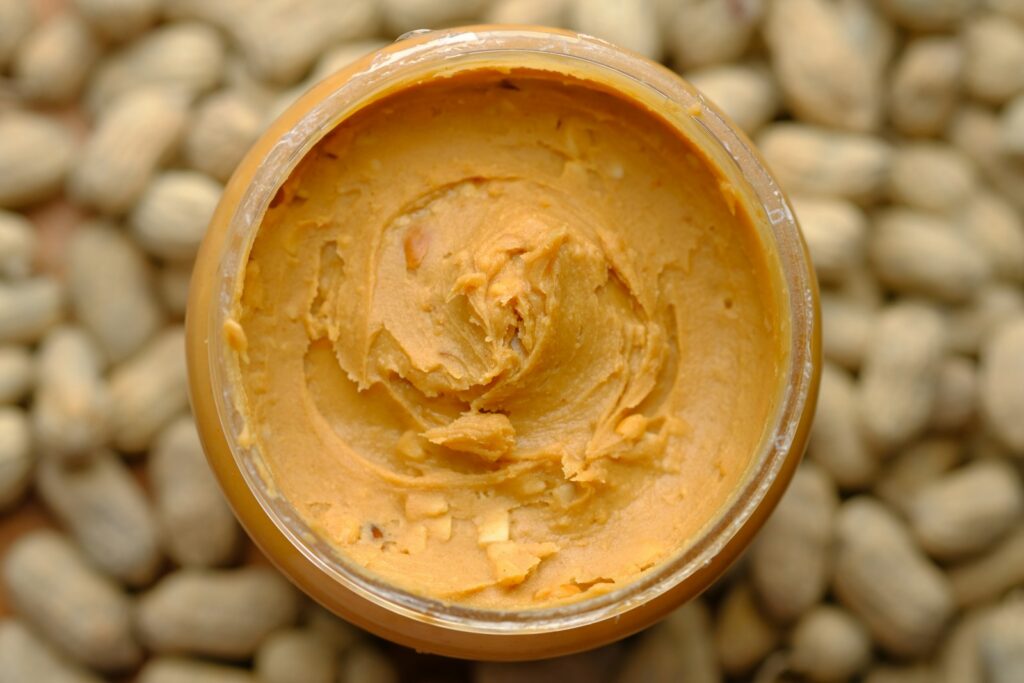
Some peanut butter brands of the 1970s used stabilizers that were later deemed unsafe for long-term consumption. These additives improved texture and shelf life, making products smoother and easier to spread. Once regulators reassessed their safety, companies relying on those specific chemicals were forced to remove or reformulate their products. Several small manufacturers could not adapt and eventually disappeared from the market entirely. The banned stabilizers ensured that the exact versions sold during the decade would never legally reappear, even though modern peanut butter remains widely enjoyed.
14. Pre-Ban Potted Meat with Restricted Additives
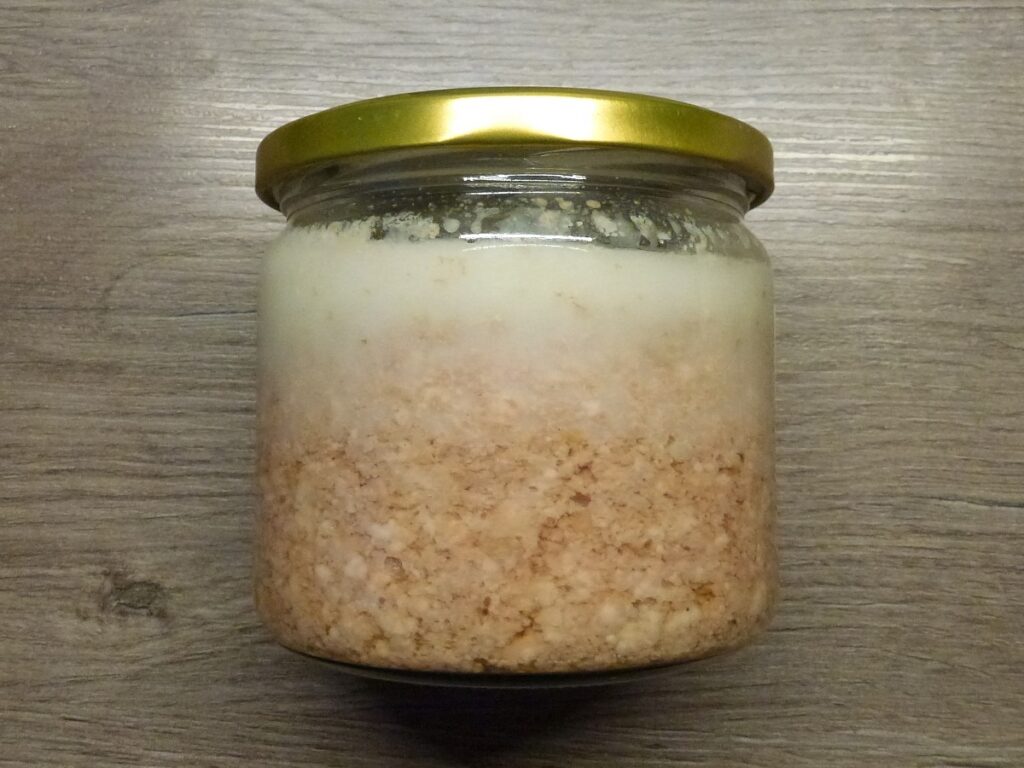
Potted meat products were pantry staples in the 1970s, especially for families seeking inexpensive protein options. Some versions used nitrites and preservatives in amounts that later exceeded new safety guidelines. As regulatory limits tightened, these older formulas became illegal to produce or import. Larger brands adjusted, but smaller companies folded when they could not update their recipes. The original 1970s potted meat blends are now banned due to these ingredient restrictions, leaving only modernized versions that reflect today’s stricter food standards and consumer expectations.
15. Canned Fruit with Banned Color Stabilizers

Several canned fruit products from the 1970s relied on color-stabilizing additives that enhanced vibrancy and maintained an unnaturally bright appearance. Once research suggested that some of these additives posed potential health risks, authorities prohibited their use. Brands built around those formulations vanished or were reformulated entirely. Consumers gradually shifted toward more natural presentations, prompting manufacturers to adopt safer methods. The original versions with banned stabilizers can no longer be sold legally, making them one of many colorful yet short-lived trends from the decade.
16. Imported Confectionery with Prohibited Emulsifiers

Certain imported candies of the 1970s contained emulsifiers later banned for safety reasons. These additives helped maintain smooth textures and extended shelf stability, making them attractive for long-distance shipping. As global regulations evolved, many countries, including the United States, restricted the use of specific emulsifiers found in these sweets. Importers struggled to meet new requirements, and several confectionery lines were discontinued. The exact candies enjoyed in the era are now banned unless reformulated, illustrating how international standards increasingly shaped food availability.
Comments